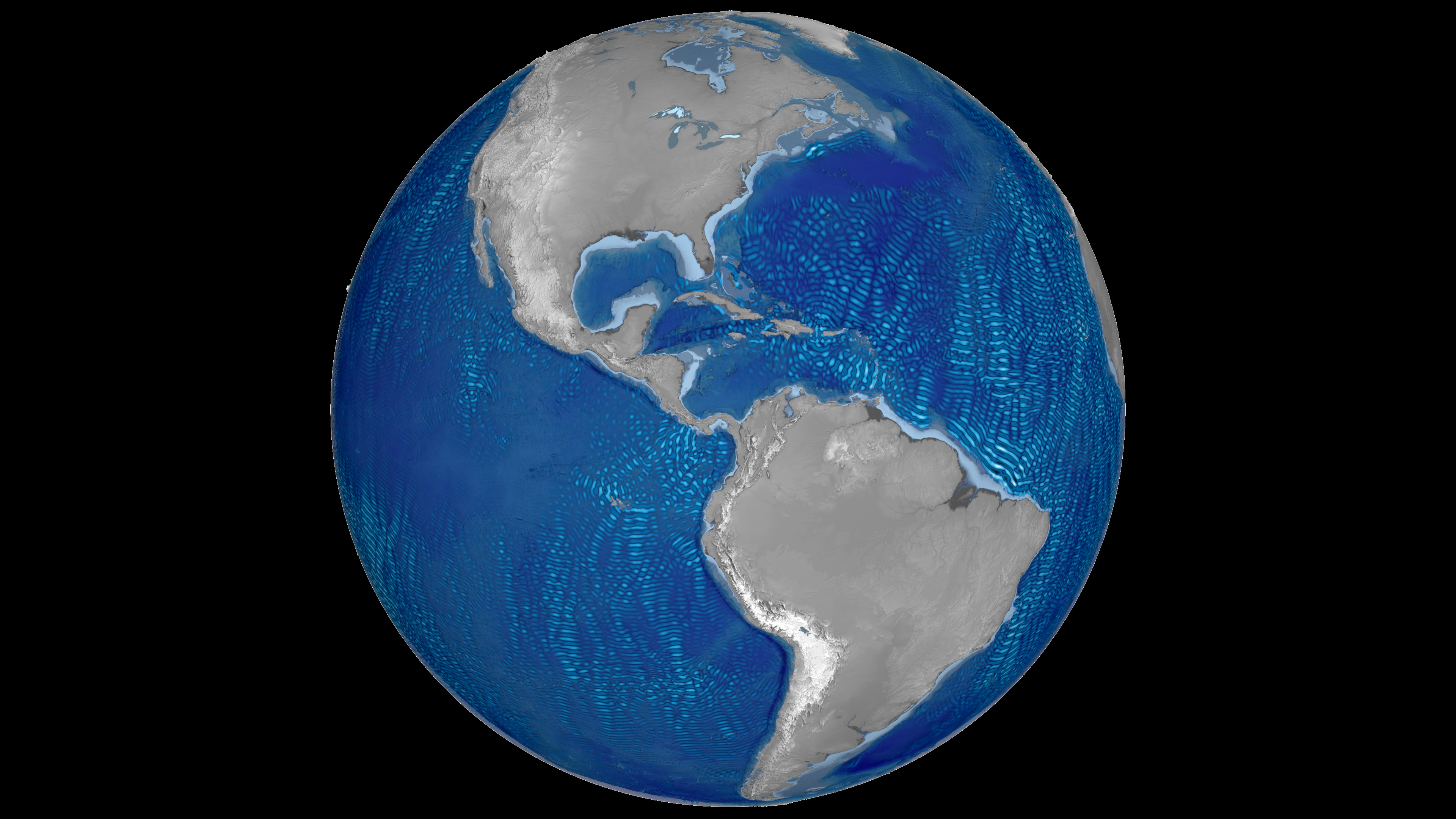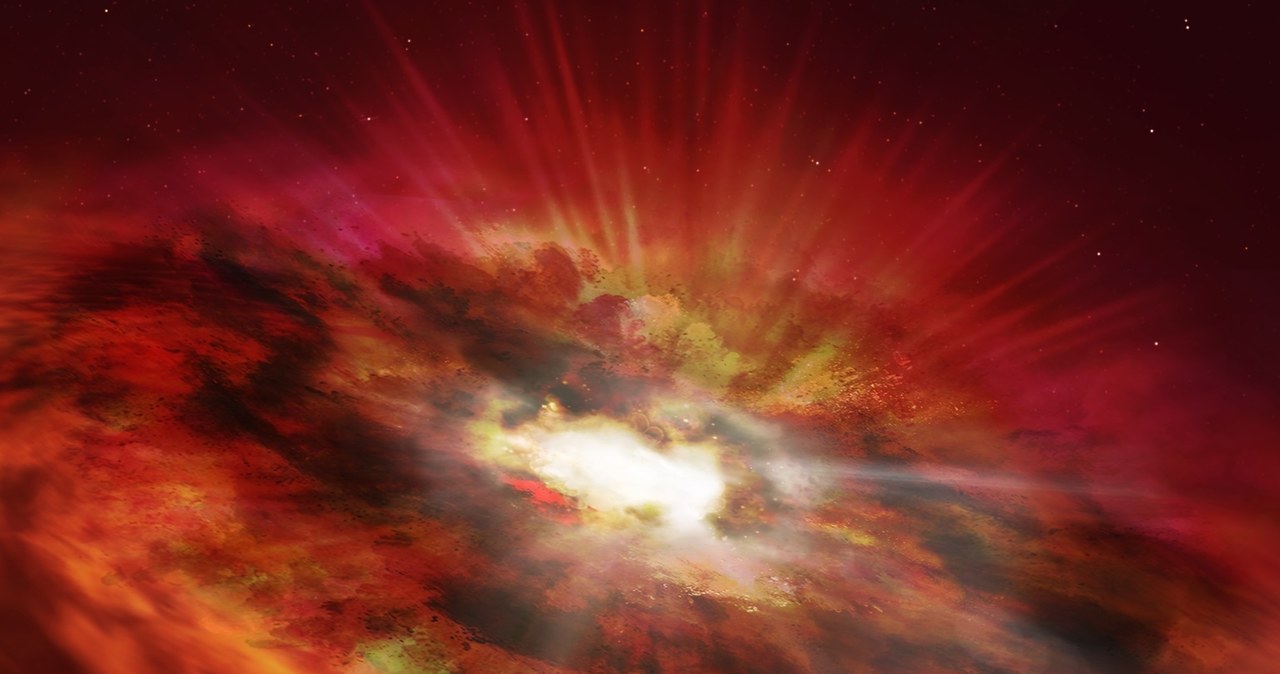Latest search results It suggests that perhaps in the past, organic material was not only found in Jezero crater, but may have been common over the entire surface of the planet. At least, the results of spectral analysis by the instruments installed on board the Perseverance rover lead to such conclusions. Upon examining several rock formations, the rover found hydrocarbons basically everywhere. Moreover, different rocks contain different abundances of hydrocarbons.
Also read: Perseverance rover shut down and NASA called in for help. Percy was in trouble for a few pebbles
We can say that this is nothing new. After all, the predecessor of Perseverance, the Curiosity rover, discovered many organic compounds on Mars. However, this does not change the fact that their discovery again in a crater located in a completely different part of Mars strongly indicates that they could have occurred all over Mars and could have formed in very different ways.
All Mars is organic
It is worth noting that the discovery of organic compounds alone does not indicate the presence of any life on Mars. After all, carbon compounds can be formed in completely non-biological processes. However, this does not change the fact that carbon is an essential element for life, at least as we know it from our own planet. Due to the fact that we know of no other life based on a different element, when looking for any extraterrestrial life we must refer to what we do know.
Also Read: Percy Uploads First Pictures After Blackout. There was no contact with him for two weeks
The astronomers report that the Sherlock instrument aboard Perseverance analyzed the chemical composition of rocks at two different locations (called Mu’adh Wasita) within Jezero Crater. But what is surprising is that the rocks of these two sites are very different from each other. The question immediately arose as to which environmental conditions had affected the rocks enough to produce such variations. To date, there is no answer to this question. It should be noted, however, that the chemical compounds detected at both sites indicate that they were formed in the presence of liquid water. This automatically reinforces the theory that Mars in the distant past was a place much like today’s Earth: there was a lot of water on it, so the atmosphere must have been much denser and warmer.
So Mars continues to be a very interesting planet. Researchers believe that there are still many such discoveries ahead of us. After all, the rover has only been operating on Mars for two years, so it can be said that it is “nearly new.” After all, Curiosity landed in Gale Crater nearly 11 years ago and still doesn’t stop searching. It is certain that perseverance will always be the same and will surprise us more than once.

Echo Richards embodies a personality that is a delightful contradiction: a humble musicaholic who never brags about her expansive knowledge of both classic and contemporary tunes. Infuriatingly modest, one would never know from a mere conversation how deeply entrenched she is in the world of music. This passion seamlessly translates into her problem-solving skills, with Echo often drawing inspiration from melodies and rhythms. A voracious reader, she dives deep into literature, using stories to influence her own hardcore writing. Her spirited advocacy for alcohol isn’t about mere indulgence, but about celebrating life’s poignant moments.









